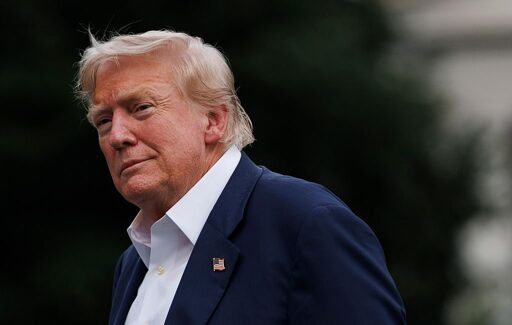cross-posted from: https://lemmy.zip/post/45601379
The US president added that he “can do anything I want” with Brussels’ $600 billion worth of pledged investments
Archived version: https://archive.is/20250805165341/https://www.euractiv.com/section/politics/news/trump-threatens-eu-with-35-tariff-if-investment-pledge-falls-through/
Disclaimer: The article linked is from a single source with a single perspective. Make sure to cross-check information against multiple sources to get a comprehensive view on the situation.



The Auckland University in New Zealand published an economic model what the U.S. tariffs mean (the model is updated at 31 July.
TLDR:
Unsurprisingly, the tariffs reduce the countries’ outputs everywhere, but the economist describe the U.S. tariffs as an “economic own goal”.
U.S. annual GDP decreases by 0.36% which equates to US$108.2 billion or $861 per U.S. household per year. Only Switzerland’s GDP decrease is higher at $1,215 per household.
In dollar terms, GDP decreases are relatively large for China, the European Union, South Korea, Japan, Taiwan. Australia and the UK slightly gain from the tariffs, primarily due to the relatively low tariffs levied on these countries. Despite facing relatively low additional tariffs, New Zealand’s GDP decreases by 0.15% ($204 per household) as many of its agricultural exports compete with Australian commodities, which are subject to an even lower tariff.
The U.S. tariffs will compel foreign producers to lower their prices. But these price decreases only partially offset the cost of the tariffs, so US consumers pay higher prices. U.S. businesses also pay more for parts and materials. Ultimately, these higher prices hurt the US economy.
The tariffs decrease U.S. merchandise imports by $486.7 billion. But as they drive up the cost of U.S. supply chains and shift more workers and resources into industries that compete with imports, away from other parts of the economy, they also decrease US merchandise exports by $451.1 billion.